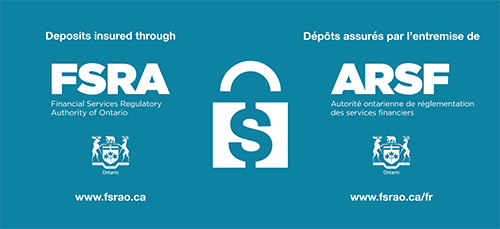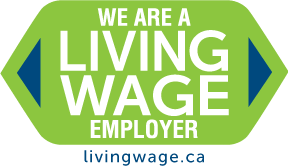The thought of saving for something, whether a short-term or long-term goal can be overwhelming for anyone. This simple and easy guide will walk you through eight steps to achieve your financial savings goals.
With the increased use of payment technology, you may be spending more than you realize. By keeping track of what you are spending your money on – everything from your morning cup of joe to your carwashes – you will get an idea of your spending habits. Once you have collected your financial data, you can organize the expenses into various categories such as groceries, household, entertainment/sports and bills.
Tip: Look for a free spending tracker or phone app to assist you in the process of tracking your expenses.






